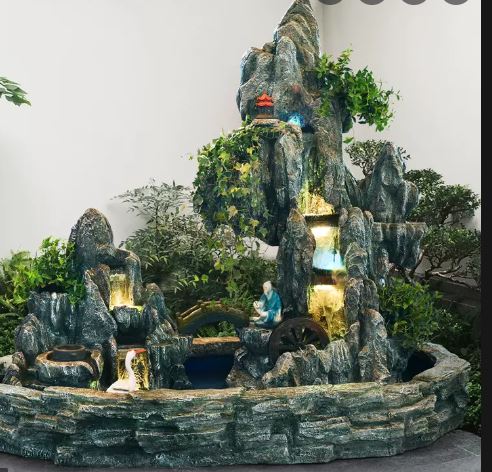Contact Me: howtopbestinfo@gmail.com
Contact Me: howtopbestinfo@gmail.com

A computer desktop is a type of personal computing device that traditionally consists of several components, including an internal processing unit housed in the tower or case and connected to other peripheral devices such as monitor, keyboard, mouse and speakers.
Desktop computers are typically used for tasks like word processing and data management but can also be utilized for more complex applications such as video editing or gaming. They are becoming increasingly popular due to their affordability compared with laptops while offering comparable power levels at a fraction of the cost.
The primary benefit associated with using a desktop over another form factor lies in its expandability; users have far greater control over what hardware they choose when building it themselves than if choosing from pre-built models which tend not to offer much flexibility beyond basic configurations (ease).
Moreover, by allowing you access into your processor’s internals - something laptop manufacturers generally forbid - one has full control on how powerful each component should be depending on their needs/budget constraints thus providing them additional performance gains without having to purchase expensive upgrades later down the line.
Furthermore , since desktops feature larger casing sizes , upgrading existing parts becomes easier especially regarding cooling solutions where bigger fans & heatsinks combined together ensure better temperature stability during prolonged use .
Computer desktop computers have been around for over 50 years, and their influence on the world has been immense. The first personal computer was created by a team led by engineer Ed Roberts in 1975 and called the Altair 8800.
This machine opened up computing to individuals who were not part of large organizations that could afford expensive mainframes or mini-computers.
The next big milestone came with Apple's launch of its Macintosh 128K model in 1984, which brought graphical user interfaces (GUIs) into mainstream use - making it much easier to interact with computers than ever before as users only had to point at items instead of typing commands like they did on earlier systems such as DOS machines from Microsoft Corporation launched two years later 1986).
PC clones soon followed suit including IBM's PS/2 series released in 1987; these lower cost models allowed people access technology more easily than ever before thanks largely due to Intel’s introduction x86 architecture processors starting back 1979 .
By 1990 there were an estimated 10 million PCs being used worldwide and this number steadily increased throughout subsequent decades until suddenly dropping off after 2006 when mobile devices began taking center stage – today most home users primarily rely upon smartphones rather then desktops for everyday tasks but desktops still play an important role.
To sum up, computer desktop-computers provide a variety of benefits that make them ideal purchases. They are more powerful and reliable than laptops while also providing the flexibility to upgrade components as needed in order to keep pace with technology advancements over time. Desktop computers have larger storage capacities for all types of files, making it easier to store music collections or large photo albums without sacrificing speed or performance. Additionally, they tend to be less expensive than laptop models and can offer greater value when considering their longevity compared with other computing devices on the market today.


Etiam porta sem malesuada magna mollis euismod. Cras mattis consectetur purus sit amet fermentum. Aenean lacinia bibendum nulla sed consectetur.
2045-04-06 00:00:00.000000